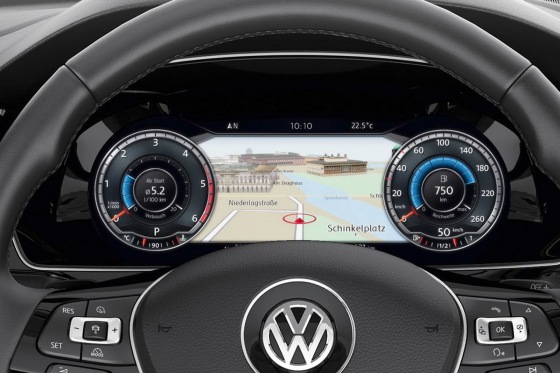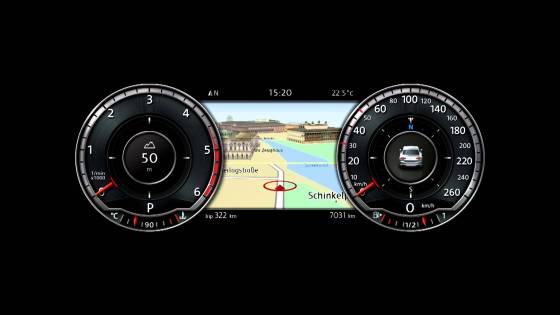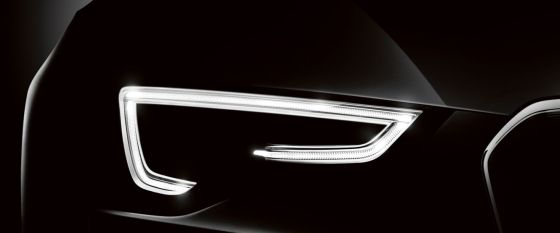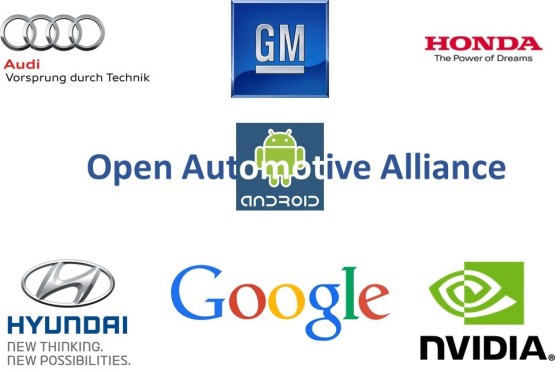 The Tech Companies interest in the Car World is well known and, as we saw, we can find Nokia with Here, Qualcomm with Snapdragon Automotive Solutions, BlackBerry with its Automotive QNX solution, Nvidia with its Automotive Solutions and last but not least Google-Android founding the Open Automotive Alliance.
The Tech Companies interest in the Car World is well known and, as we saw, we can find Nokia with Here, Qualcomm with Snapdragon Automotive Solutions, BlackBerry with its Automotive QNX solution, Nvidia with its Automotive Solutions and last but not least Google-Android founding the Open Automotive Alliance.
What about Apple? Is not new on this side, and in 2013 June the Cupertino Company during the opening keynote of the Apple Worldwide Developers Conference (WWDC) announced the iOS in the Car (iOSitC).
The development of such solution is made on iOS 7.x as explained by Apple itself claiming that “iOS in the Car seamlessly integrates your iOS device — and the iOS experience — with your in-dash system. If your vehicle is equipped with iOS in the Car, you can connect your iPhone 5 or later and interact with it using the car’s built-in display and controls or Siri Eyes Free. Now you can easily and safely make phone calls, access your music, send and receive messages, get directions, and more. It’s all designed to let iPhone focus on what you need, so you can focus on the road.” with some screenshot for some features as:
- Navigation with Maps.
- Receiving and sending messages
- Traffic conditions and ETA (Enclosed Traffic Area)
- Siri interaction.
- ITunes.
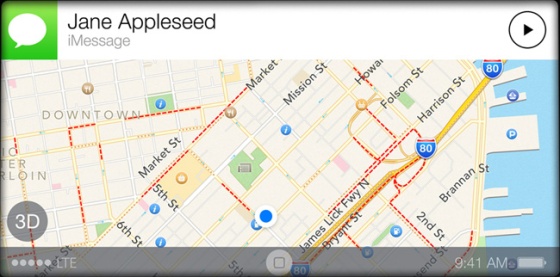
iOSitC car integration as from Apple site
Apart what above and some rumors claiming that the iOSitC is imminent no much more until now was shown, but… yesterday the developer Steven Troughton-Smith (https://twitter.com/stroughtonsmith) added on his twitter account some additional screenshots as below:


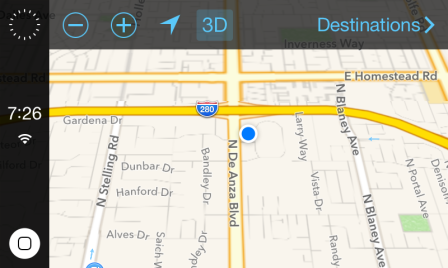
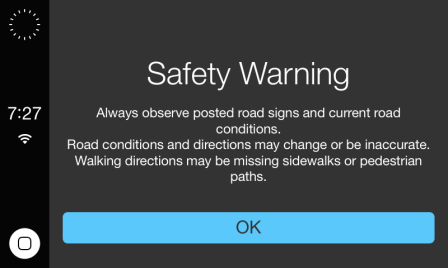

Really, it is not so much respect what already present in the Apple site, but could be considered as a confirmation that the project is near to release to the customers. Until now, the Car companies interested to Apple include:
- Acura
- Audi
- Chevrolet
- Chrysler
- Ferrari
- Honda
- Holden
- Hyundai
- Infiniti
- Jaguar
- Kia
- Land Rover
- Mercedes-Benz
- Nissan
- Opel (Vauxhall)
- Volvo
- BMW
- Ford
- Toyota
The bold ones in the list above are quoted that they are planning to include the functionality from 2014 onwards as highlighted by Apple’s senior vice president (SVP) of Internet Software and Services, Eddy Cue, At the 2013 WWDC keynote. Other as BMW initially not interested changed its position because interested in some way in introducing the standard and the the other interested to Apple proposals.
Honda already announced a deeper integration with iOS in the Car “Honda Evolves In-Car Connectivity with New Display Audio Touch-Screen Interface and Next Generation HondaLink™ Technology” highlighting that
- Advanced connected-car technology debuts in 2014 Honda Civic, followed by 2015 Fit
- Display Audio touchscreen brings smartphone-like functionality inside the vehicle
- Next gen HondaLink™ makes integrated navigation more affordable and intuitive with smartphone-powered navigation app
- 2014 Civic with Display Audio first Honda model with factory installed Siri™ Eyes Free mode from Apple
So, after the leaked screenshots shown above and the interest of Car Companies, we could expect in a very near future news from Apple about its iOSitC solution.
Anyway my personal opinion is that the decision by the Car Companies about their preferred solution probably is not yet done, or they think to use different solution among their Car portfolio.
I say this because if you see the companies that joined OAA (Open Automotive Alliance) driven by Google/Android are Audi, GM, Honda, Hyundai, that directly or through some related brands are also interested in iOSitC and also QNX automotive solution see Audi (again), Acura, BMW, Chrysler, Daewoo, GM, Hyundai, Land Rover, Porsche, Saab, Renault Samsung.
My two cents worth that while solution as the one from QNX (or similars) will see a standalone automotive infotainment solution in high end proposals, the one from Apple because requiring in some way iPhone, it will be an add-on cheaper than the first, making the funny situation that the Apple solution will be a sort of low-end feature.
BTW the games in automotive are just at their begin and in the next months we’ll see big things.

IOS in the Car at Apple’s Worldwide Developers Conference


